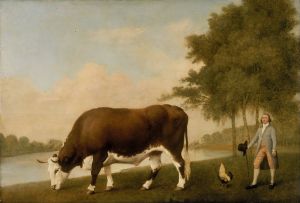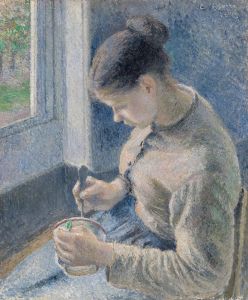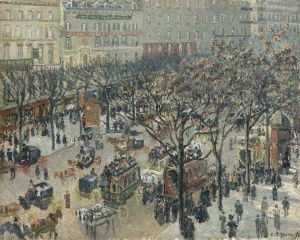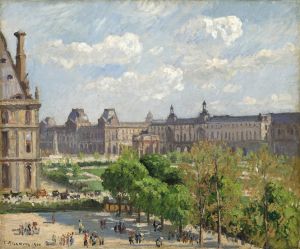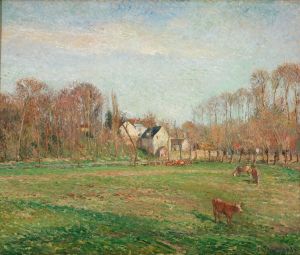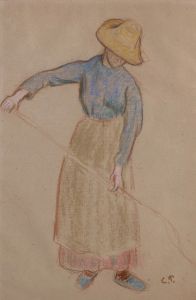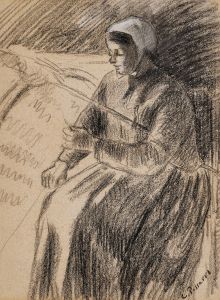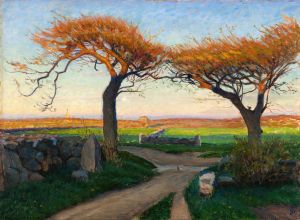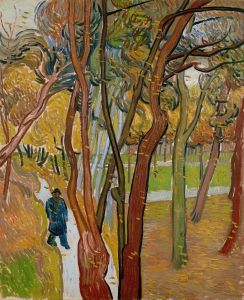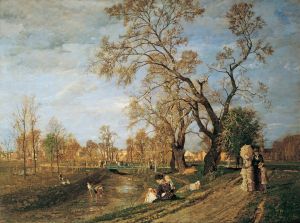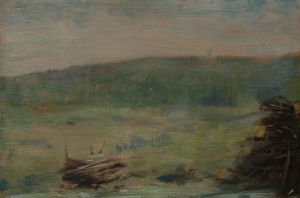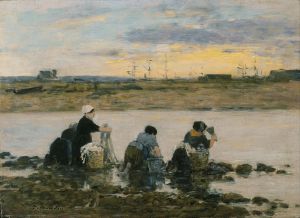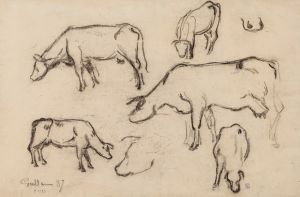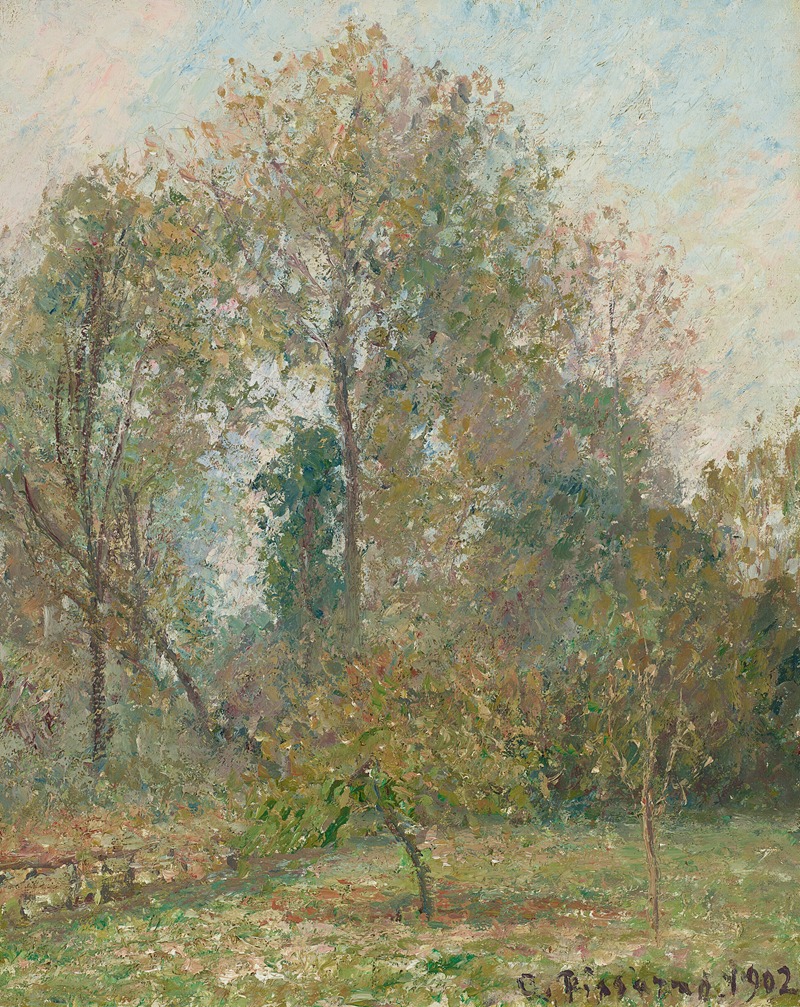
Gelée blanche à Eragny
A hand-painted replica of Camille Pissarro’s masterpiece Gelée blanche à Eragny, meticulously crafted by professional artists to capture the true essence of the original. Each piece is created with museum-quality canvas and rare mineral pigments, carefully painted by experienced artists with delicate brushstrokes and rich, layered colors to perfectly recreate the texture of the original artwork. Unlike machine-printed reproductions, this hand-painted version brings the painting to life, infused with the artist’s emotions and skill in every stroke. Whether for personal collection or home decoration, it instantly elevates the artistic atmosphere of any space.
Camille Pissarro, a pivotal figure in the Impressionist movement, painted "Gelée blanche à Eragny" in 1895. This artwork is a testament to Pissarro's dedication to capturing the nuances of rural life and the changing effects of light and atmosphere. The title, which translates to "White Frost at Eragny," reflects the scene depicted—a frosty morning in the village of Eragny-sur-Epte, where Pissarro lived for many years.
Pissarro's choice of Eragny as a subject was not incidental; he moved there in 1884 and found the rural setting to be a rich source of inspiration. The village, located in Normandy, France, provided a tranquil environment that allowed Pissarro to explore his interest in natural landscapes and rural labor. "Gelée blanche à Eragny" is one of many paintings he created during his time there, each capturing different seasons and times of day.
In this painting, Pissarro employs his characteristic Impressionist style, using loose brushwork and a light palette to convey the crispness of a frosty morning. The composition is marked by its attention to the effects of light on the landscape, a hallmark of Impressionism. The frost-covered fields and trees are depicted with a delicate touch, emphasizing the transient beauty of the scene. Pissarro's use of color is particularly noteworthy; he uses subtle variations of whites, blues, and greens to evoke the chill and serenity of the early morning frost.
Pissarro was known for his ability to depict the everyday lives of rural workers with empathy and realism. In "Gelée blanche à Eragny," he captures a moment of stillness and quietude, perhaps before the day's labor begins. This focus on rural life was a consistent theme throughout his career, reflecting his political beliefs and his interest in the lives of ordinary people.
The painting also demonstrates Pissarro's mastery of perspective and composition. The viewer's eye is drawn into the scene, following the lines of the fields and the path that leads into the distance. This technique creates a sense of depth and invites the viewer to step into the landscape, experiencing the scene as if they were present.
"Gelée blanche à Eragny" is part of Pissarro's broader body of work that explores the interplay between humans and nature. While the painting does not include figures, the cultivated fields and the orderly rows of trees suggest human presence and activity. This subtle inclusion of human influence within the natural landscape is a recurring theme in Pissarro's work.
Today, "Gelée blanche à Eragny" is appreciated not only for its aesthetic qualities but also for its historical significance. It represents a period in art history when artists were breaking away from traditional techniques and subjects, seeking instead to capture the fleeting effects of light and atmosphere. Pissarro, as a leading figure in this movement, played a crucial role in shaping the direction of modern art.
The painting is housed in a public collection, allowing viewers to appreciate Pissarro's skill and the serene beauty of the Eragny landscape. Through works like "Gelée blanche à Eragny," Pissarro continues to be celebrated as a master of Impressionism, whose innovative techniques and dedication to his subjects have left a lasting impact on the art world.





